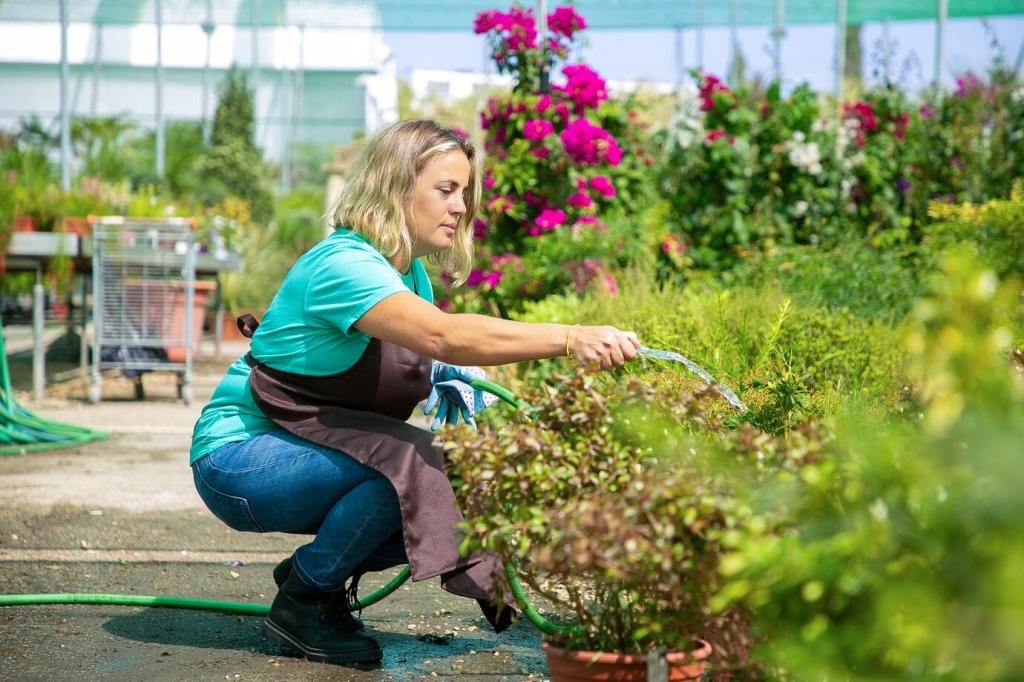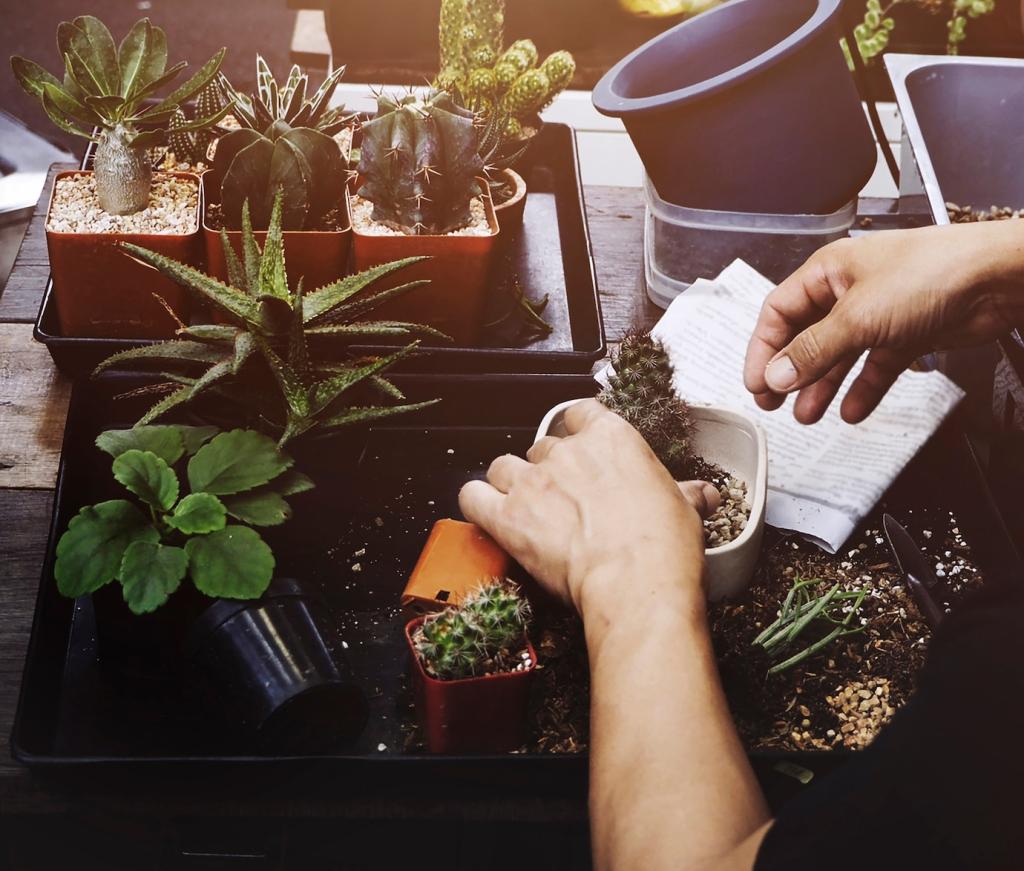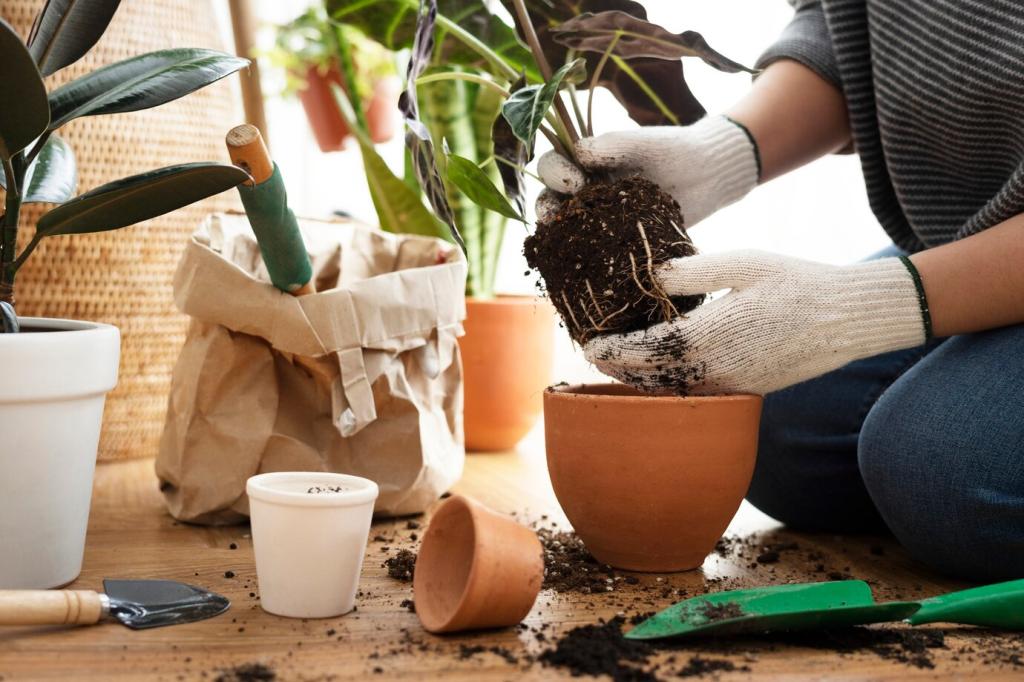Natural Pest Control Solutions for Urban Plants
Today’s chosen theme: Natural Pest Control Solutions for Urban Plants. Whether your garden lives on a balcony, rooftop, or windowsill, discover gentle, smart ways to defend leaves and blossoms without harsh chemicals. Settle in for practical tips, real stories, and community-driven wisdom—then subscribe to keep your green haven thriving.
Aphids, Whiteflies, and Spider Mites—Spotting the Usual Suspects
Look for curling new growth packed with aphids, faint clouds of whiteflies when you brush a leaf, or fine stippling and webbing from spider mites. Flip leaves, inspect stems, and keep a weekly photo log. Share your latest mystery pest in the comments and we’ll help name the culprit.
Smart Monitoring in Small Spaces
Yellow sticky cards near planters quickly expose whiteflies, fungus gnats, and thrips. A simple loupe or phone macro lens reveals eggs and nymphs before outbreaks explode. Set a recurring reminder to check plants every Sunday, and subscribe to receive our printable, two-minute inspection checklist.
Damage vs. Deficiency—Reading Plant Signals
Pest damage often appears patchy or clustered—stippling, honeydew, sticky leaves, distorted tips—while nutrient issues show more uniform discoloration by age of leaf. Keep notes on watering, feeding, and weather. Post a photo pair of top and underside of leaves for crowd-sourced ID from our community.




Prevention Habits for City Gardeners
Disinfect pruners, rinse reused pots, and quarantine new plants for two weeks away from your collection. Remove highly infested leaves instead of endlessly spraying. Bag and bin pest-laden debris. Share your quarantine setup—shelving, lighting, and airflow—and inspire safer starts for other readers.

Repellent Herbs with Real Payoff
Aromatic herbs like rosemary, thyme, and lavender release volatile oils that can deter some pests and mask host-plant scents. Grow mint only in containers to prevent takeover. Mix herbs among vegetables and ornamentals. Share your herb lineup and note which pairings reduced aphids or thrips this season.

Flowers That Feed Predators
Plant sweet alyssum, calendula, and dill to offer nectar and pollen for lacewings, hoverflies, and parasitic wasps. Stagger bloom times for continuous support. Snap a balcony-wide photo and tag us—your mini meadow might be featured in our monthly natural guardians gallery.

Timing, Safety, and Respect for Urban Neighbors
Treat at dusk, avoid spraying open blooms, and store remedies safely away from curious paws. Even gentle products can irritate skin or eyes. Rinse tools and label bottles clearly. Share your pet-safe routines so apartment gardeners with animals can garden with confidence.

Real Stories, Real Results
When aphids swarmed my basil, I pruned hard, misted with a mild neem solution at dusk, and added sweet alyssum. Within two weeks, new growth outpaced damage. Share your comeback moment to motivate someone on the verge of giving up their pesto dreams.
